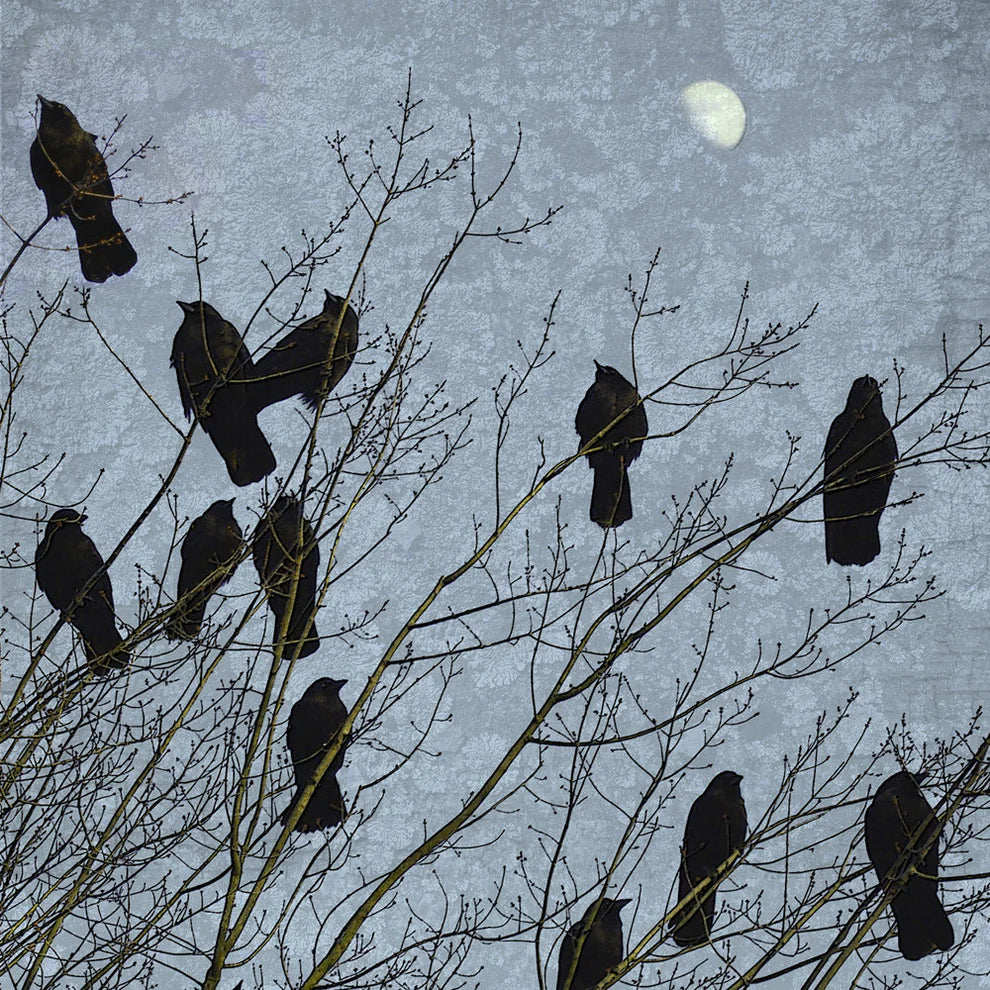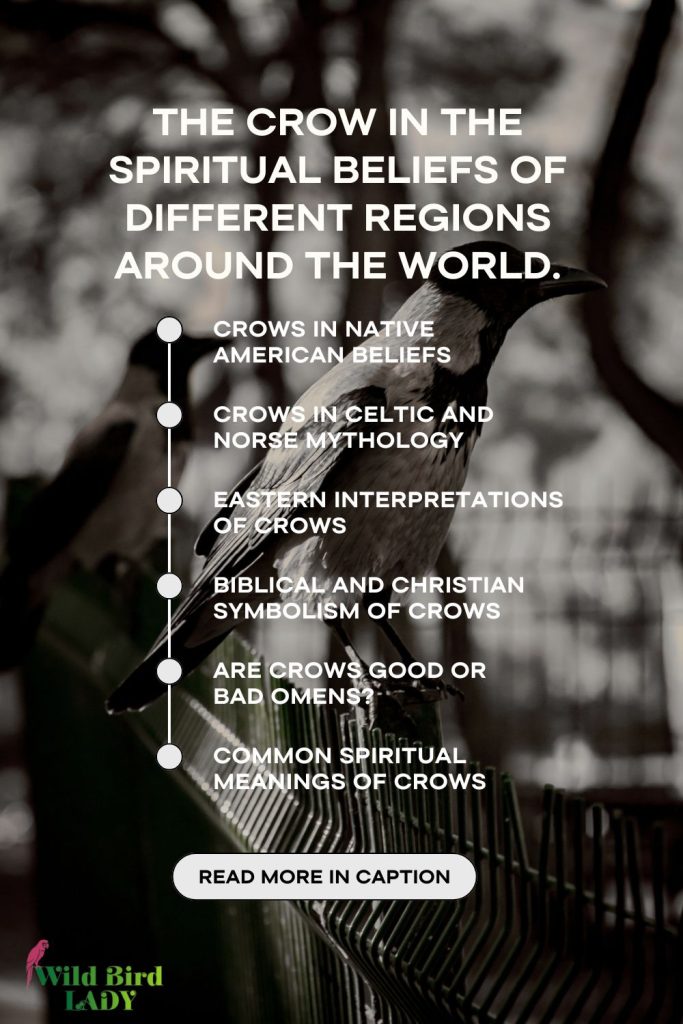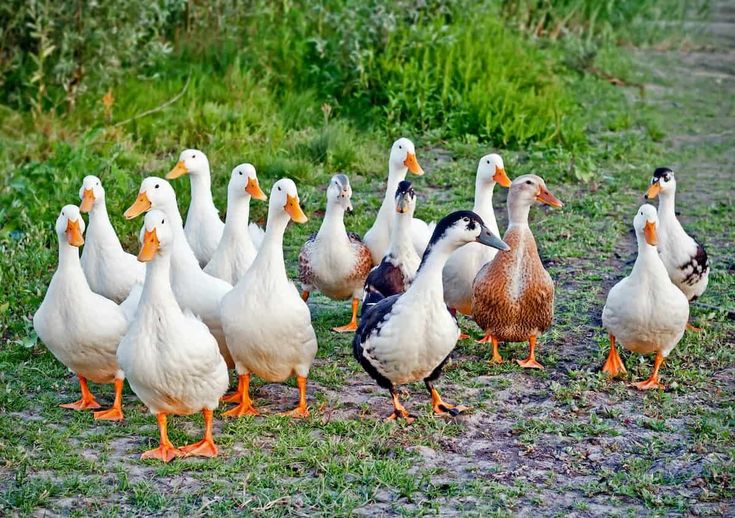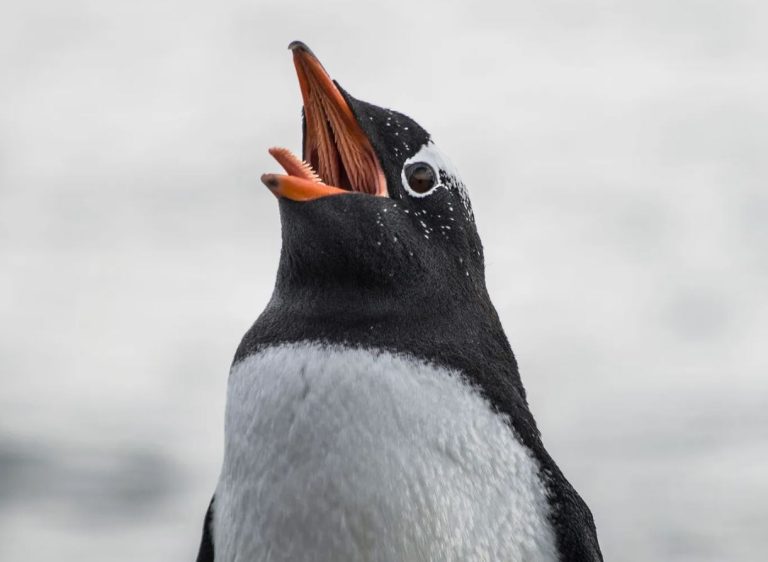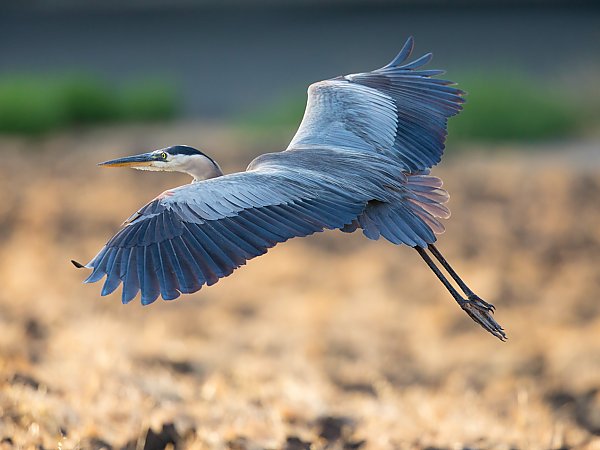What Is a Group of Crows Called? Discover the Spooky Origins and Symbolism
If you’ve ever seen a swirling mass of black birds perched on a wire or cawing loudly from the treetops, you’ve probably wondered: What is a Group of crows called? You might be surprised—or even spooked—by the answer. The term for a group of crows is both poetic and mysterious: a murder.
But where does this eerie name come from? And why are crows surrounded by so much dark symbolism in folklore, literature, and pop culture? In this deep dive, we’ll explore the chilling origins of this phrase, the remarkable intelligence of crows, and why these birds continue to fascinate us.
What Is a Group of Crows Called?
Let’s start with the basics. A group of crows is often referred to as a:
- Murder of crows (most popular and dramatic term)
- Horde of crows
- Flock of crows
- a group of crows
- Parliament of crows (rare and poetic)
- Storytelling of crows (used in some modern literature)
Among these, the most widely recognized and discussed is a “murder” of crows.
Yes, you read that right: a flock of crows is called a murder. But before you let your imagination run wild with grim scenes from horror movies, let’s look at where this term came from.
The Spooky Origins of “A Murder of Crows”
Medieval Wordplay and Humor
The term “a murder of crows” dates back to the Late Middle Ages, when poetic and metaphorical names were given to groups of animals. Known as terms of venery, these phrases were part of hunting vocabulary, a kind of wordplay among aristocrats and scholars who relished colorful language.
This is the same era that gave us:
- A gaggle of geese
- A parliament of owls
- A pride of lions
- A crash of rhinos
While some of these terms described animal behavior or appearance, others were intended to be humorous or imaginative. In the case of crows, their black feathers, raspy calls, and scavenger behavior—often seen near battlefields or graveyards—made them the perfect candidates for a grim nickname.
Association With Death and Superstition
Crows have long been linked with death, bad omens, and the supernatural. In medieval Europe, people believed that crows foretold doom or even guided souls to the afterlife. This perception was reinforced by their scavenging nature—they’d often appear after a battle or near places of death.
Thus, calling a group of crows a “murder” was more than a joke—it reflected cultural fears and folklore.
Are Crows Really Dangerous or Evil?
Despite their sinister reputation, crows are not dangerous or evil birds. In fact, they are among the most intelligent birds on the planet. The idea that they symbolize murder or misfortune is rooted more in myth and misunderstanding than reality.
Let’s break some myths.
Myth 1: Crows Bring Death
Truth: Crows are opportunistic scavengers. They are often seen near dead animals not because they cause death, but because they feed on carrion—nature’s cleanup crew.
Myth 2: Crows Are Harbingers of Bad Luck
Truth: While many cultures associate crows with bad luck, others view them as messengers, protectors, or guides between worlds. Some Native American tribes, for instance, view crows as symbols of transformation and wisdom.
Myth 3: Crows Are Unfeeling or Aggressive
Truth: Crows form strong family bonds, can grieve their dead, and even hold funerals, gathering around a fallen crow in silence. Their social behavior is complex and compassionate.
Crows: Smarter Than You Think
It’s not just the spooky name that draws people to crows—it’s their mind-blowing intelligence.
Tool Use and Problem-Solving
Crows have been observed:
- Using sticks to extract insects from tree bark
- Dropping nuts on roads for cars to crack open
- Solving multi-step puzzles in experiments
- Recognizing human faces and remembering them for years
Their brains, relative to their size, are as developed as those of great apes.
Social Intelligence
A flock of crows doesn’t just gather at random. These birds:
- Communicate complex information with over 250 unique vocalizations
- Use body language and gestures
- Share food and alert each other to danger
- Even warn fellow crows about humans who pose a threat
Mourning the Dead
One of the most haunting—and fascinating—behaviors of crows is their reaction to dead members of their group. When a crow dies, others gather around the body in silence. Scientists believe this behavior helps them learn about dangers in the environment. To us, it looks like a funeral.
A Flock of Crows in Mythology and Folklore
The symbolism surrounding a group of crows is as diverse and complex as the cultures that interpret them. Far from being merely harbingers of death, crows have appeared in ancient stories, sacred texts, and oral traditions as everything from divine messengers to shape-shifting tricksters. Here’s how a flock of crows is understood across the world:
Norse Mythology: Thought and Memory as Divine Messengers
In the powerful cosmology of Norse mythology, two crows—Huginn (meaning Thought) and Muninn (Memory)—perch on the shoulders of the chief god Odin. Every day, they fly across the realms of the universe, observing events far and wide, before returning to whisper their discoveries into Odin’s ears.
Rather than symbolizing death or doom, these crows represent:
- Wisdom and knowledge
- The power of observation
- Memory and reflection
A flock of crows, in this context, is more than a gathering—it’s a source of insight from beyond the horizon. Their role elevates them to divine informants, tying their presence to awareness rather than fear.
Celtic Lore: War, Fate, and the Goddess Morrigan
The ancient Celtic peoples revered crows as powerful omens, closely tied to the goddess Morrigan, a deity of battle, prophecy, fate, and sovereignty. Morrigan often appeared in the form of a crow hovering over battlefields, foretelling the outcome of wars and the deaths of warriors.
But Morrigan wasn’t just a figure of destruction—she embodied:
- Protection for those she favored
- Divine feminine power
- The cycle of life and death
In some versions of the myth, three crow-goddesses—Morrigan, Badb, and Macha—formed a trinity of war and transformation. A flock of crows, especially if seen before a battle or major decision, was considered a message from the divine.
Native American Culture: Tricksters, Teachers, and Shape-Shifters
In many Native American traditions, crows play a dual role: both as clever tricksters and wise spiritual guides. Different tribes interpret them differently:
- The Haida people of the Pacific Northwest see Crow as a creator figure who brought light to the world.
- Among the Plains tribes, crows are associated with sacred law and divine judgment.
- The Zuni believe crows act as spirit guides who help souls transition to the afterlife.
Crows are deeply respected in these cultures for their:
- Adaptability and intelligence
- Spiritual vision
- Role as communicators between worlds
A group of crows in Native folklore is not just a random gathering—it’s a spiritual congregation, filled with meaning, messages, and sometimes, warnings.
Ancient Greece and Rome: Prophets of Apollo and Death
In Greek and Roman mythology, crows were considered both sacred and unlucky, depending on the context. The god Apollo, associated with prophecy and the sun, kept a white crow as his companion. But when the bird brought him bad news, Apollo scorched it black in a fit of rage—explaining why crows are dark today.
Key associations include:
- Foresight and divine prophecy
- Punishment and transformation
- Duality of truth and consequence
A flock of crows, to the Greeks, could signal either blessing or curse, depending on how one interpreted the gods’ will.
East Asian Beliefs: Ancestors and Cosmic Symbols
In Chinese and Japanese mythology, crows are often positive omens. The three-legged crow known as Yatagarasu in Japan or Sanzuwu in China symbolizes:
- Guidance from heaven
- The sun and cosmic order
- Ancestral protection
Rather than “murder,” a flock of crows in these cultures might represent ancestral presence, cosmic balance, or a sign of divine direction.
Why You Should Appreciate a Group of Crows
Now that you know what a flock of crows is called—and the truth behind the term—it’s worth appreciating them for what they really are:
- Highly intelligent
- Deeply social
- Misunderstood survivors
- Nature’s recyclers
- Spiritual messengers
Next time you see a group of crows cawing from a telephone wire or swirling through the sky, don’t think of murder. Think of mystery, magic, and mind.
Fun Facts About Crows and Their Flocks
- A crow can live up to 20 years in the wild.
- Crows can imitate human voices.
- A flock of crows often gathers in the evening to roost together, sometimes numbering in the thousands.
- Crows pass on knowledge from generation to generation—making their intelligence cultural as well as individual.
- Researchers have discovered that crows may use analogical reasoning, a trait previously thought to be uniquely human.
Common Questions About Crows and Their Flocks
Why is a group of crows called a murder?
The term originated in the Middle Ages as part of poetic hunting language. Crows were associated with death and graveyards, making “murder” a fitting—though grim—term.
Are all birds given such strange group names?
Yes, especially in historical literature. A group of flamingos is a flamboyance, a group of owls is a parliament, and a group of parrots can be called a pandemonium!
Is “a Group of crows” incorrect?
Not at all. “Group of crows” is a perfectly acceptable and commonly used term, especially in scientific or modern contexts. The term “murder” is more poetic and symbolic.
How many crows make a murder?
There’s no specific number—it can be as few as three or four, or hundreds during communal roosting. The term describes any group behavior, not a set count.
Final Thoughts: Murder, Magic, and Misunderstanding
So, what is a group of crows called? Technically, it’s a flock of crows—but more poetically, it’s a murder. This dark and dramatic term has deep roots in folklore, fear, and human fascination.
But once you understand who crows really are—clever, caring, and incredibly complex—you begin to see the beauty beneath the black feathers. These birds are more than just scavengers or spooky symbols—they’re one of nature’s most captivating creatures.
So the next time someone asks, “What is a flock of crows called?” you’ll have a chillingly good answer—and maybe even a story or two to tell.

